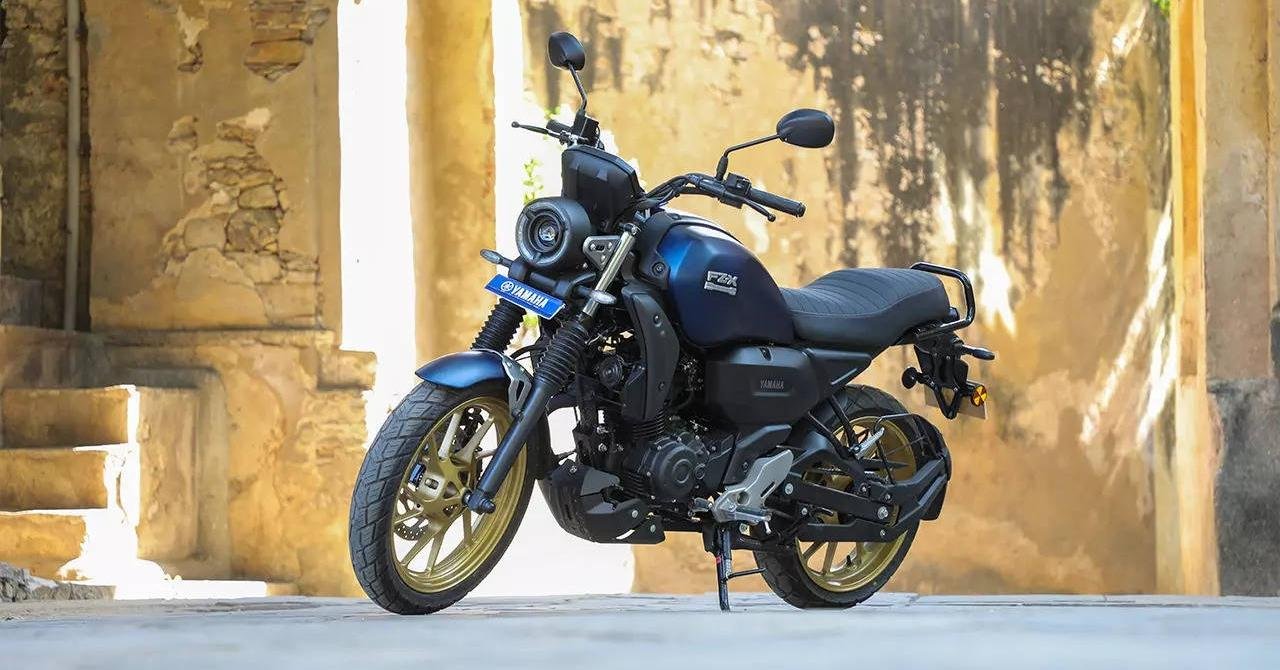Are you curious to know what is traction control in bike? You have come to the right place as I am going to tell you everything about traction control in bike in a very simple explanation. Without further discussion let’s begin to know what is traction control in bike?
In the realm of motorcycle technology, innovations continue to push the boundaries of safety and performance. Among these advancements, traction control stands as a groundbreaking feature designed to enhance rider safety and optimize the bike’s handling dynamics. Let’s explore what traction control is, how it works, and its significance in revolutionizing the riding experience.
What Is Traction Control In Bike?
Traction control is a sophisticated electronic system integrated into modern motorcycles to prevent wheel slippage and loss of traction, particularly in challenging road conditions or during aggressive acceleration. The primary aim is to ensure that the power transmitted from the engine to the rear wheel is optimized, maintaining traction without compromising speed or stability.
How Traction Control Works?
- Sensors and Monitoring: Traction control systems rely on sensors, such as wheel speed sensors and gyroscopes, to constantly monitor the speed of the wheels and the bike’s inclination.
- Real-time Analysis: The system analyzes data in real time, detecting any discrepancy between the wheel speeds. When it senses a potential loss of traction, it intervenes by momentarily reducing engine power or applying the brakes to the slipping wheel.
- Dynamic Adjustment: Traction control systems dynamically adjust power delivery or braking force to restore traction without disrupting the rider’s control or causing abrupt changes in speed.
Significance And Benefits
- Enhanced Safety: Traction control significantly reduces the risk of wheel spin and loss of control, especially on slippery surfaces like wet roads, gravel, or uneven terrain, minimizing the likelihood of accidents due to skidding.
- Improved Performance: By optimizing power delivery to the wheels, traction control enhances the bike’s performance, allowing riders to confidently accelerate and maneuver, even in challenging conditions.
- Rider Confidence: The assurance of having a safety net in the form of traction control boosts rider confidence, enabling them to explore the bike’s capabilities without apprehensions about potential loss of traction.
On GetDailyBuzz you will get to know beneficial information which required in your daily life.
Types Of Traction Control Systems
- Single-Level Traction Control: Offers a fixed level of intervention, activating when the system detects wheel slippage.
- Multi-Level Traction Control: Provides riders with multiple intervention settings, allowing them to adjust the level of traction control based on road conditions or their preferences.
Conclusion
Traction control technology represents a paradigm shift in motorcycle safety and performance. By harnessing cutting-edge electronic systems to mitigate the risk of wheel slippage, it empowers riders to navigate diverse road conditions with heightened confidence and control. As motorcycles continue to evolve, the integration of traction control stands as a testament to the commitment to rider safety and the pursuit of optimal performance in the dynamic world of biking.
FAQ
Is Traction Control Useful In Bike?
Applying too much throttle abruptly may cause an unexpectedly large amount of power to be sent to the rear wheel, causing it to spin and make the machine unstable. The Traction Control System (TCS) minimizes such worries by automatically adjusting the drive force sent to the rear wheel.
What Is Traction In A Bike?
Traction or tractive force can also be defined as the total tractive force that exists on the surface and is parallel to the direction of the movement. In simple words, it is the force responsible for the movement of your bike on the road.
Should I Drive With The Traction Control On Or Off?
It’s safer to keep your car’s traction control system on 99% of the time when driving. However, there are some cases where the safety feature could do more harm than good. For example, keeping it off is better if you get stuck in the mud, sand, or sometimes snow, especially if you find yourself spinning wheels.
What Is The Purpose Of Traction Control?
Works in the background to help accelerate and prevent wheel slippage (or “over-spinning”) when driving on slippery surfaces. Traction control is most effective when accelerating from a stopped or slowed position, or when trying to accelerate up a slippery hill.
I Have Covered All The Following Queries And Topics In The Above Article
What Is Traction Control System In Bike
What Is Traction Control In Bike

